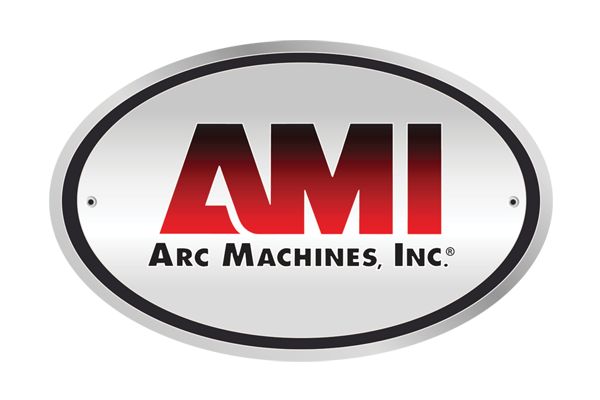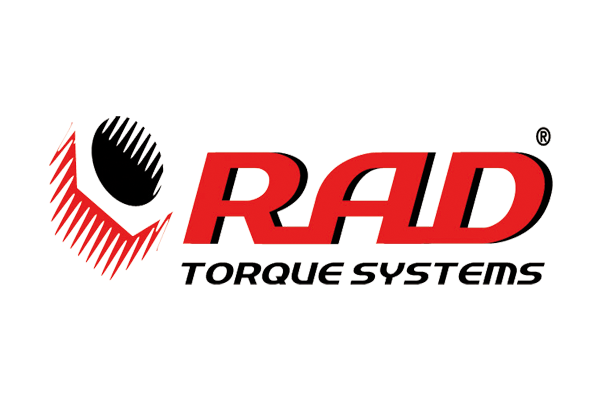Material Metallurgy Impacts in Orbital Fusion

Material metallurgy determines the quality, performance, and reliability of orbital fusion welding. For those working with specialized welding processes, understanding how material characteristics interact with orbital fusion can mean the difference between successful welding and structural defects.
Keep reading to learn what you need to know about material metallurgy and its impacts in orbital fusion.
Composition Determines Weld Behavior
Alloy compositions influence how a material behaves under high heat and pressure. For example, high nickel alloys are prized in aerospace and medical applications due to their corrosion resistance, but heat can make them susceptible to cracking. The elements in the alloy can create varying heat-affected zones, which impact the weld’s integrity.
Materials such as stainless steel and titanium require precise adjustments to heat input and travel speed during welding. This enables control over the melting and cooling, reducing the risks of defects such as porosity or inclusions.
Heat Affects Material Grain Structures
The heat applied during orbital fusion influences the grain structure within the material, which dictates the weld’s strength and longevity. Improper heat management can cause grain growth that reduces the weld strength, while fast cooling may create brittle carbon steels with residual stress.
Modern robotic welding equipment offers fine control over temperature, speed, and timing. This precision reduces human error and maintains the best possible grain structure.
Oxidation Risks Differ by Material
Each material reacts differently to oxygen exposure during the fusion process. Materials such as titanium or aluminum are particularly sensitive and can oxidize quickly if the welding occurs without proper shielding gases. Oxidation weakens the joint, necessitating preventative measures such as argon purging to create an inert atmosphere around the weld.
SEC Industrial supplies shielding solutions to minimize oxidation risks during orbital welding, especially for sensitive metals.
The Role of Filler Metals
Matching the filler wire’s metallurgy with the base material is another aspect of orbital fusion success. The weld weakens when expansion rates differ between the filler and base materials.
Welders often choose filler materials engineered to address specific metallurgical concerns, such as controlling weld pool dynamics or enhancing the joint’s corrosion resistance.
Joining Dissimilar Metals
One of the unique challenges in welding is joining dissimilar metals, particularly in the aerospace or power generation fields. Metals such as stainless steel and copper, for example, differ in melting points and thermal conductivity.
Without properly balancing the heat input and cooling, the weld may become weak or crack. Understanding the material metallurgy impacts in orbital fusion guarantees that welders can create durable joints, even between incompatible materials.
Whether you’re tackling grain structure issues, preventing oxidation, or choosing the optimal filler metal, attention to material properties is the key to achieving defect-free welds. Invest in advanced equipment, and work with us at SEC Industrial to perfect your processes.








